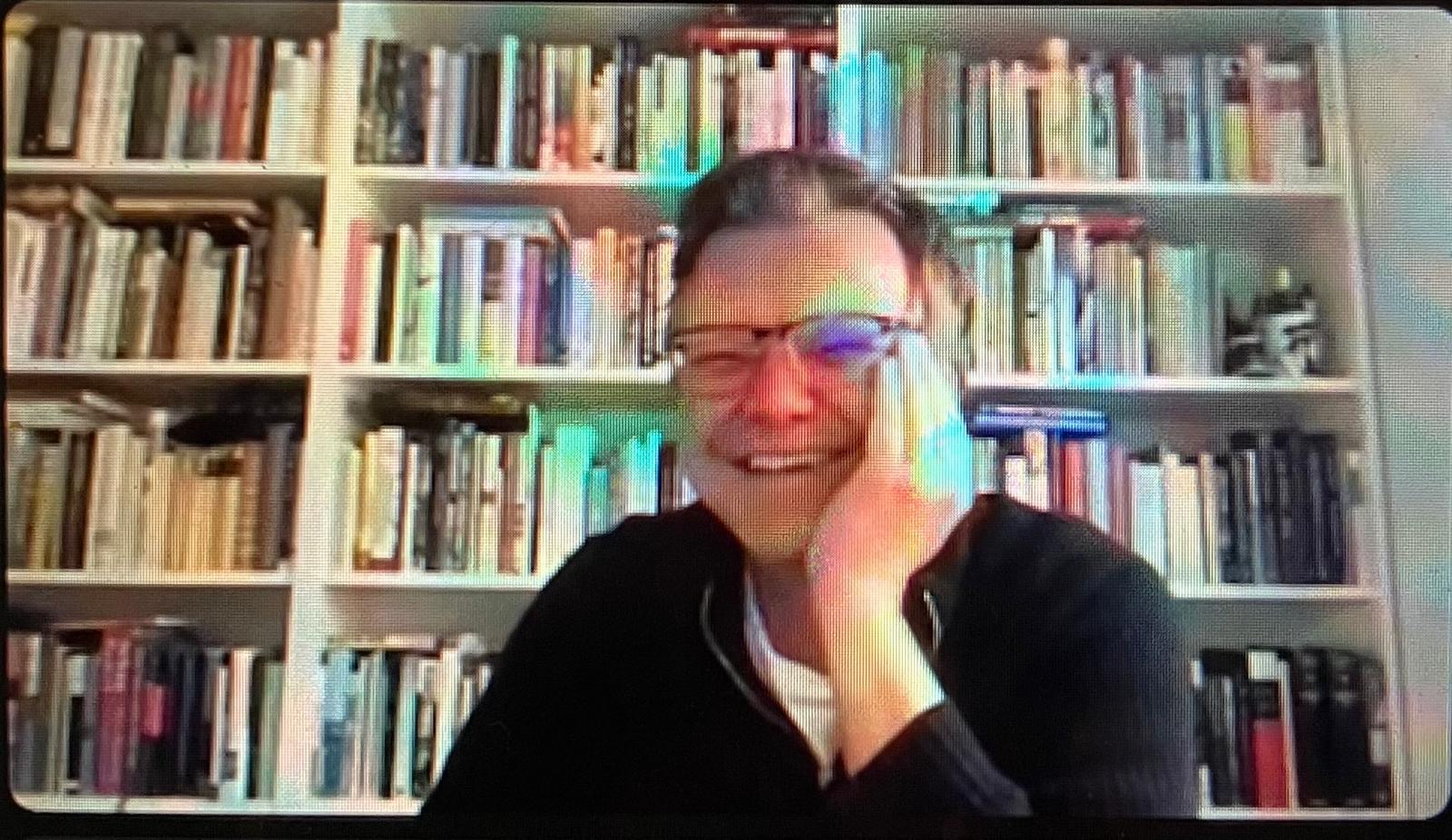December 2023 Issue features:
Revolutionary Enclosures (Until the Apricots)
Jasbir K. Puar
Jasbir K. Puar and Dima Srouji build upon their respective work in architecture, visual art and decolonial theory to produce a collaborative examination of colonial pathologies for Sharjah Art Biennial 15, 2023. Srouji’s architecture and art practice encompass a variety of mediums that allow her to explore notions of heritage and public space in Palestine and the region. Puar is a writer and scholar whose current work focuses on settler colonial violence, disability and debility in Palestine. Their collaborative installations integrate understandings of space and planning with the contemporary politics of resistance in the context of Palestine and the surrounding region.
Kamini Vellodi
A cultural dream: Europe in the plural
Mieke Bal
This article is the English translation of the ‘inaugural lesson’ that began Professor Mieke Bal’s year as professor of the ‘European Chair’ at the Collège de France. How, asks Bal, to overcome Europe as Babel (where no one understands the other), Europe as nostalgia (regretting lost time and idealizing the past), the pessimism close to despair of Europe as apocalypse? While she refuses to offer a positive, practical answer, Bal does propose an approach to some of the major issues at stake in the ongoing invention of Europe. Here she dreams of ‘Europe in the plural’, the ongoing invention of Europe as a semiosphere that, by way of its multiple differences, encourages mutual curiosity and debate, interaction, interculturality, and sharing between cultures and languages. This is the ground, proposes Bal, for that cultural ideal of Europe in the plural. It is also the ground from which spring Bal’s lectures at the Collège de France, which are to be presented in a series of articles forthcoming in Journal of Visual Culture.
Crip curation and the aesthetics of the undeliverable
Amanda Cachia
In this article, the author argues how the conceptual curatorial work of Lucy Lippard imbued similar qualities to those that are embodied in the curatorial work of the ‘aesthetics of the undeliverable’. The aesthetics of the undeliverable is a new genre of disability curating that centers the realities of disability and access within curatorial and artistic practice, alongside exhibition design. The line that runs through both styles of curatorial practice, that is, Lippard’s work, and the aesthetics of the undeliverable, is political intent, where the behind-the-scenes labor of the curator is revealed. Specifically, in Lippard’s projects, errors, gaps, and professional time-frames were revealed, whilst the aesthetics of the undeliverable points out inequities towards disabled artists and audiences, yet insisting on time-lines that defy normative frameworks.
Gaza in plain sight: witnessing in solidarity
Mazen Kerbaj, Jana Traboulsi, Zeina Maasri, and Hanan Toukan
In this visual essay, Mazen Kerbaj and Jana Traboulsi bear witness to the genocidal violence that has been unfolding in Gaza since 7 October 2023. From Berlin and Lebanon, respectively, Kerbaj and Traboulsi have been chronicling and responding to the harrowing day-to-day news and testimonies from Gaza. Their drawings raise fundamental questions about what it is to bear witness to genocide as it unfolds, about the politics of seeing as an act of solidarity against imposed invisibility and about racialized sight – the eye that refuses to see what is hiding in plain sight.
Water and fluidity in İz Öztat’s heterochronic imaginaries in the aftermath of genocide
Lara Fresko Madra
Between the years 2013–2016, the artist İz Öztat created four distinct bodies of work, all of which engaged aspects of water. This period was marked in Turkey by the heightened tensions around the neoliberal (re)distribution of public space and public resources, which escalated in the aftermath of the Gezi Park Protests of 2013. In this article, the author argues that, beyond its immediate critique of contemporary capitalist appropriation, Öztat’s engagement with water builds relations across time, space, and species to recall histories of the Armenian Genocide, challenging the denials of official historiography. By tapping into the linguistic, cultural, and material imaginaries of water, and learning from the present-day water protection movements, Öztat engages the diverse histories carried across waterways. Water becomes a nexus through which the artist locates and articulates the physical and epistemic violence of modernity, particularly as it indexes community, conscience, and ecology from the late 19th century to the present.
—
Book Reviews:
Hatim El-Hibri, Visions of Beirut: The Urban Life of Media Infrastructure, by Oğuz Kayır
Sarah Jane Cervenak, Black Gathering: Art, Ecology, Ungiven Life, by Gervais Marsh
—





